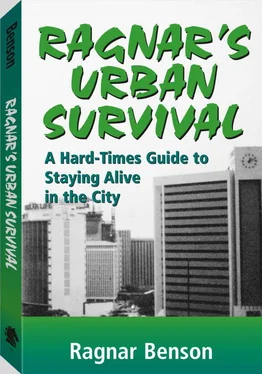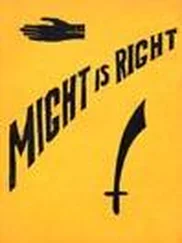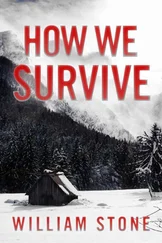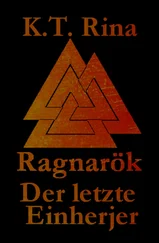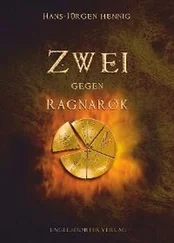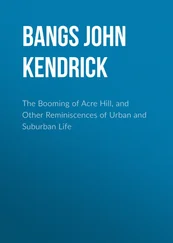Currently, I am informed, less than 2 percent still till the nation’s soil. Farm field and demonstration days I still attend reflect this situation. They are a mere shadow of former times
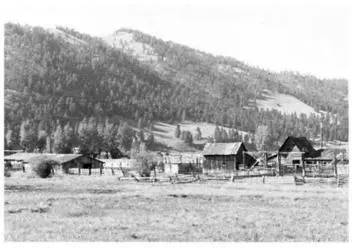
The era of the family farm has passed.
Our military recognizes this widening urban development. FM 90-10-1: An Infantryman’s Guide to Urban Combat points out that in the past 20 years, cities have spread dramatically. They are “losing their previously well-defined boundaries and are extending into the countryside. Highways, canals, and railroads have been built to connect population centers.”
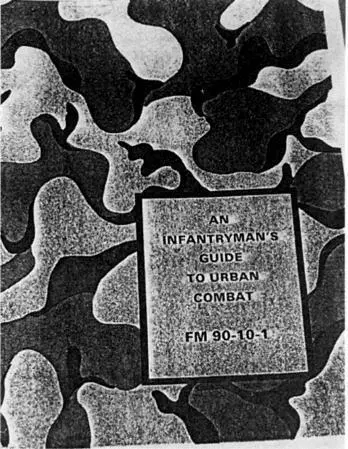
FM 90-10-1: An Infantryman’s Guide to Urban Combat contains an analysis of the modern landscape.
Even rural areas that manage to retain some of their farm village-like character are now interconnected by vast networks of all-weather secondary roads. This is a bureaucratic way of saying that even if an area looks like a rural farm community, we can quickly turn it into a tank park when the need arises.
Contending governments maneuvering opposing armies historically selected wide-open areas in which to operate, but the 20th century has already proved to be the century of city conflict. Major battles are fought in cities now, not out in open country.
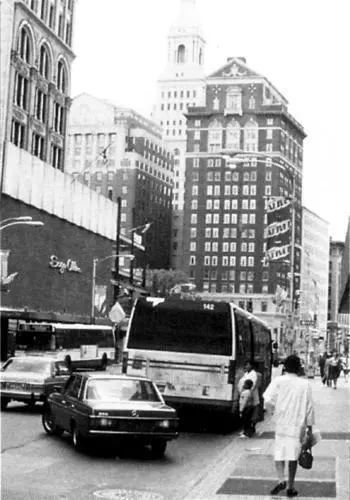
Cities are viewed by modern militaries as having three terrain features—underground, grade level, and high-rise—similar to those of open country.
Cities are perceived to be vital because they are the places of politics, propaganda, transportation, storage, commerce and industry, and culture. Soviet Field Marshal Georgi Zhukov, for instance, had no illusions regarding the strategic value of Berlin at the conclusion of World War II. Militarily, Berlin had little actual value; but from a propaganda standpoint Berlin was vital. Instead of retreating to the more easily defended south of Germany, the Nazis were sucked into this Soviet subterfuge, defending the city down to the last plane, tank, and Hitler Youth member.
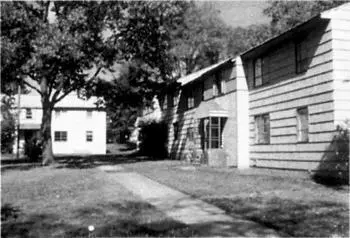
More of us are living in built-up areas characterized by row upon row of apartments.
At least 34 major battles have been fought in large metropolitan areas during the past 100 years. It’s a long list, including such notable places as Madrid (if you don’t understand the Spanish Civil War, no war in the 20th century can be understood), Warsaw (the unbelievably horrible Warsaw Ghetto comes to mind), Seoul (four times trounced in the brief Korean War), Saigon (symbolically drawing the curtain on U.S. involvement in southeast Asia), and Beirut (from which much information for this manual is drawn).

Rather than on farms, we will be living in housing complexes when crises hit.
We tend to think of guerrilla warfare as being a product of the countryside, as with Maj. Gen. Orde Wingate’s Chindits, who operated in northern Burma during World War II, or Mao’s and Stalin’s statements that counterrevolutions start on the farm.
This is not true today. Wise military people prepare to fight the next war, not to refight the last. Today our military trains to fight urban guerrillas in built-up areas.
This volume does not directly relate to urban warfare. It does recognize the truth that most of us will likely live in cities, because cities are mostly what there are now. The volume also fully recognizes the survival truth that refugees are never survivors. In its most modern interpretation, survival is living free of government control. Refugees certainly do not fit this definition, probably explaining why they die in such large numbers.
Because contending governments like to fight in cities and because it would be folly to leave our familiar places in cities, we must learn to survive in cities. Like the romantic image of great, sweeping cavalry charges run across grass-carpeted rolling hills, we must face the fact that rural survival is something of a nostalgic notion. Even if wilderness survival was ever really a practical device, it isn’t viable today. We don’t live in rural areas, and rural areas are not where battles will be fought.
Lightning-fast surprise attacks determined to seize enemy urban strongpoints are a cornerstone of warfare in built-up places. Simply put, we could instantly find ourselves engulfed in an urban conflict, neither of our choosing nor of our doing. Such an action would instantly require deployment of survival supplies and superb survival skills. This is perhaps more true in Europe and Asia, but this world is a shrinking place.
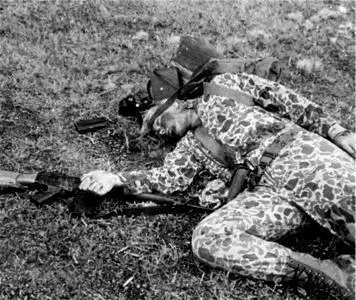
Those who rely on the government will probably end up dead.
As a direct result of the 20th century’s being the century of urban warfare and survival, we have a tremendous body of experts who have learned how to live off the land in the city. “Been there, done that” is their motto.
Ranging from my father, who survived World War I in Kassel, Germany, to the many Lebanese exchange students currently attending our land grant colleges, there are experts to call on. Many grew up believing there was no other way of life.
When starting this volume, I vividly recalled the comments made by a senior editor of a large magazine chain that, ironically, included a survival magazine. Force of habit, custom, family, and job-related issues kept her in New York City. Admittedly, it’s one of the world’s truly tough places to survive under even good circumstances.
“When the flag goes up,” she very seriously explained, “people like me are all going to die. People in the country will live, but I have no chance.”
This is not true. We now know with certainty that residents of Beirut, Berlin, and Madrid survived in great numbers under absolutely brutal conditions. They did not have the benefit of prior experience, a survival philosophy, or any special advance preparation. We can have all these in place, as the reader will quickly discover.
Chapter 1

Basic Survival Philosophy
“When it is extremely important that your pants stay up, use both a belt and suspenders, along with buttons on your shirttails,” a Russian proverb says. This basic homily echoes the Golden Rule of Survival, known as the Rule of Threes.
The Pacific Northwest Nez Perce Indians probably deserve the most thanks for refining this rule into a genuinely workable survival plan. Most likely this plan became part of their culture in about 1730 with arrival of their first horses. The Nez Perce were the only tribe of North American Indians who learned to selectively breed their stock, leading to development of the famous Appaloosa warhorse.
The Nez Perce were unique in several other regards. They were the only tribe that did not routinely starve every winter. They had a lifesaving survival plan that soon became an integral part of their culture.
Читать дальше
